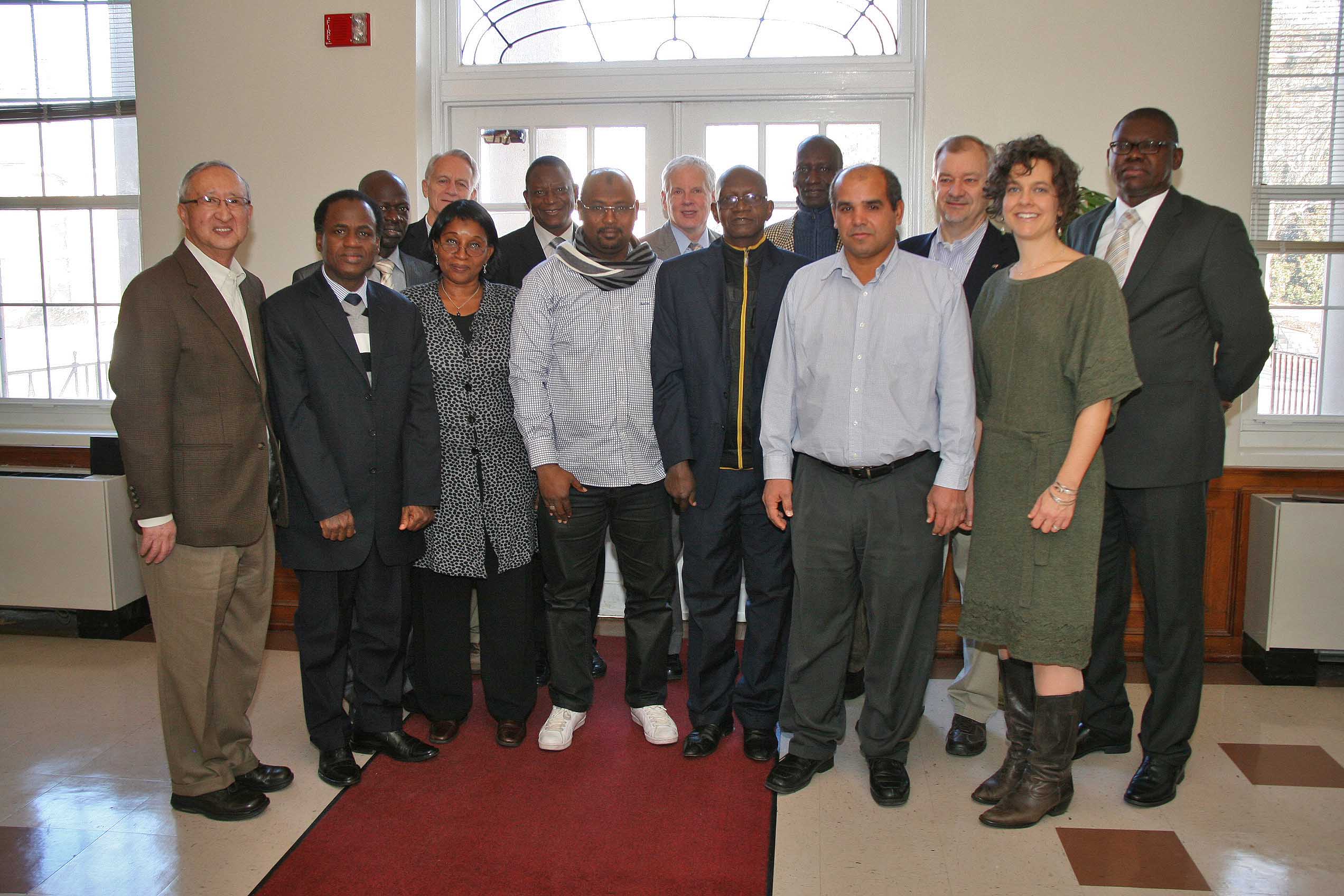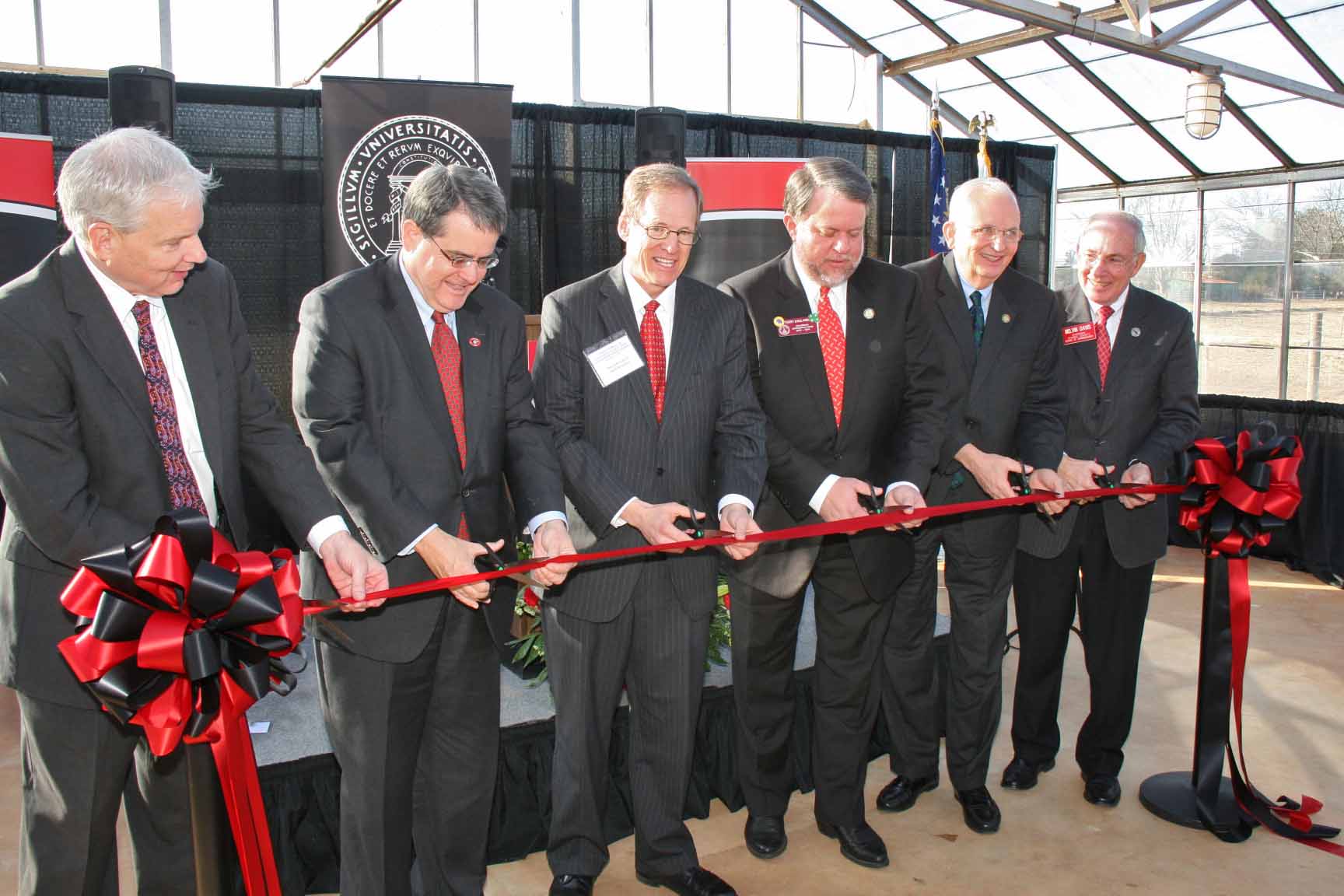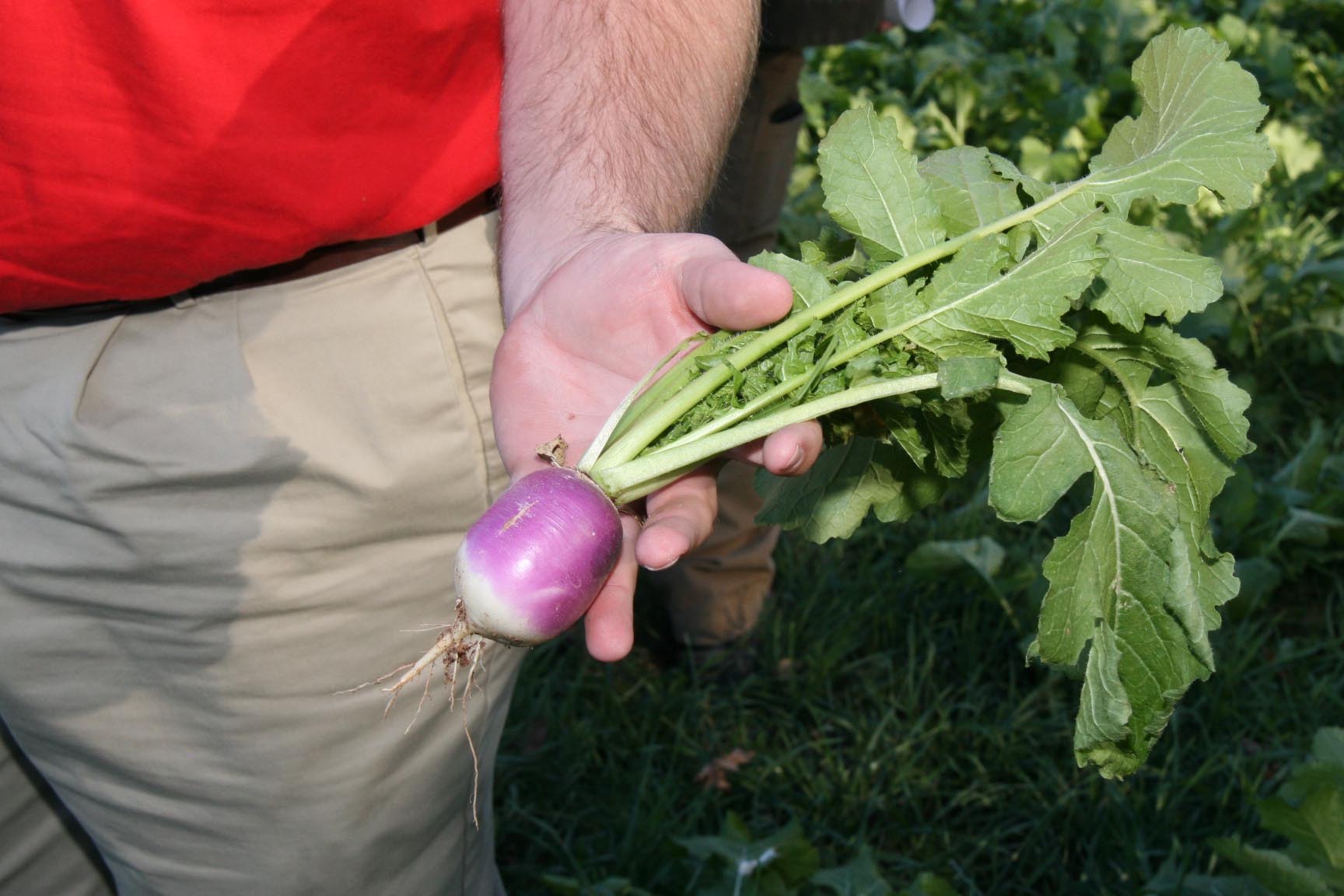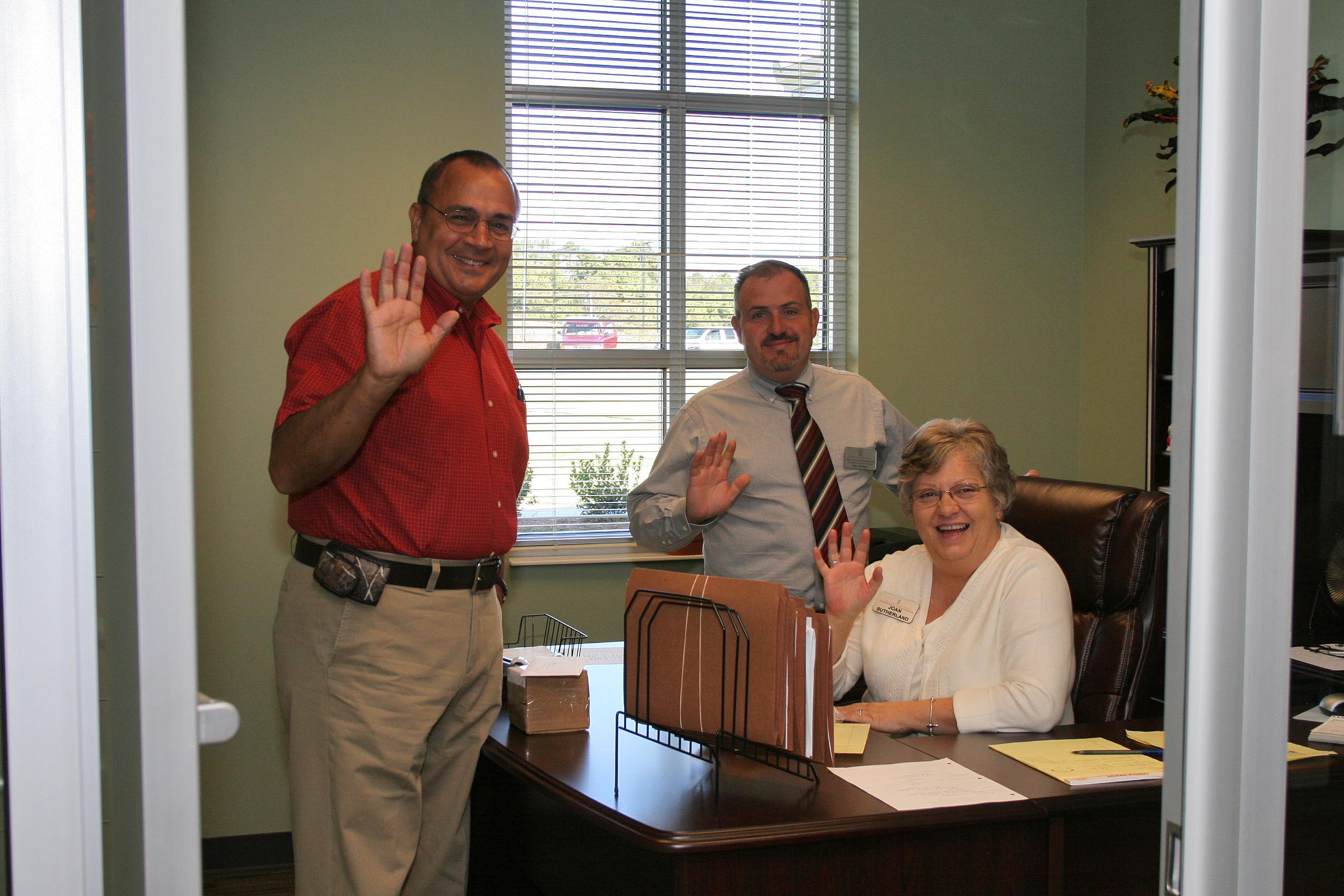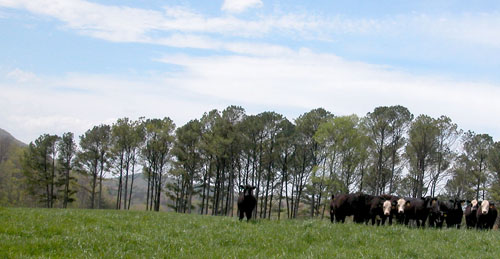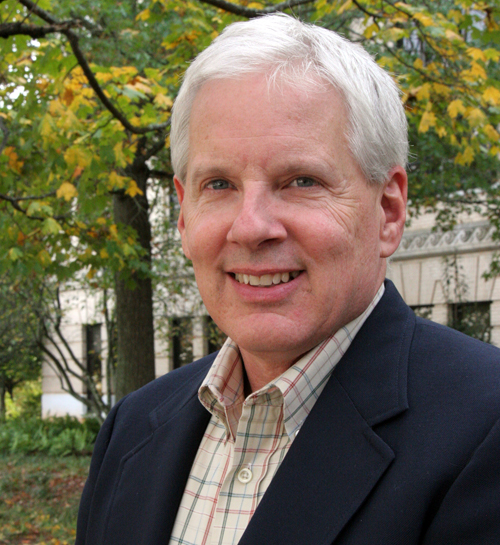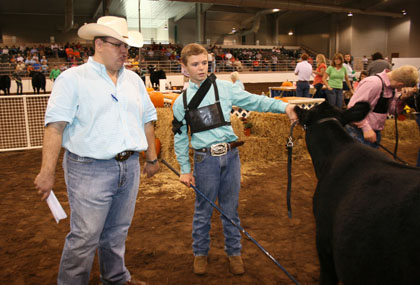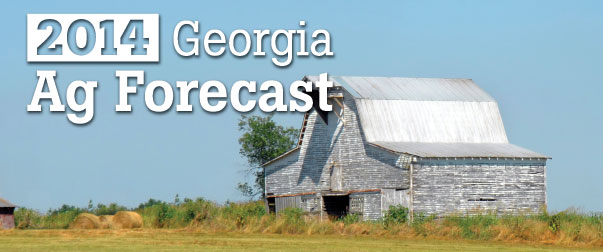 CAES News
CAES News
Georgia Ag Forecast
The University of Georgia College of Agricultural and Environmental Sciences' Georgia Ag Forecast seminars in Cartersville and Tifton, which were canceled because of inclement weather the last week of January, have been rescheduled.

